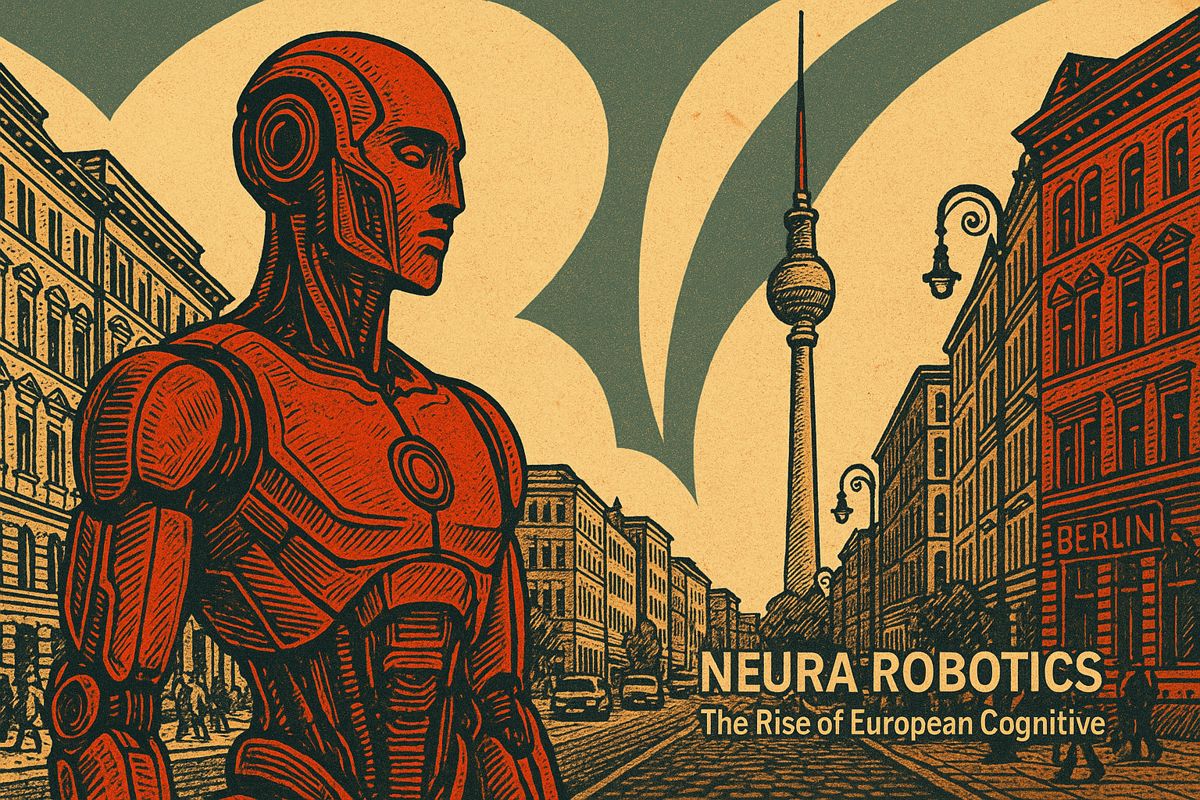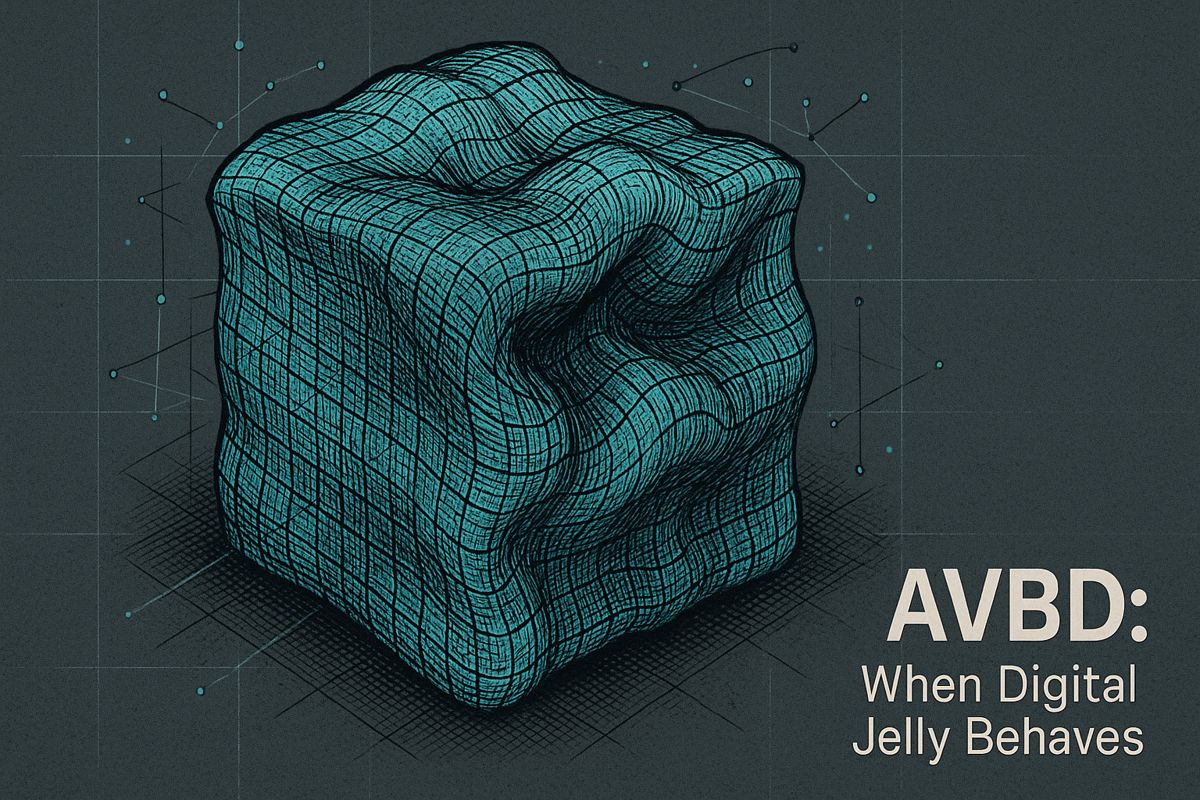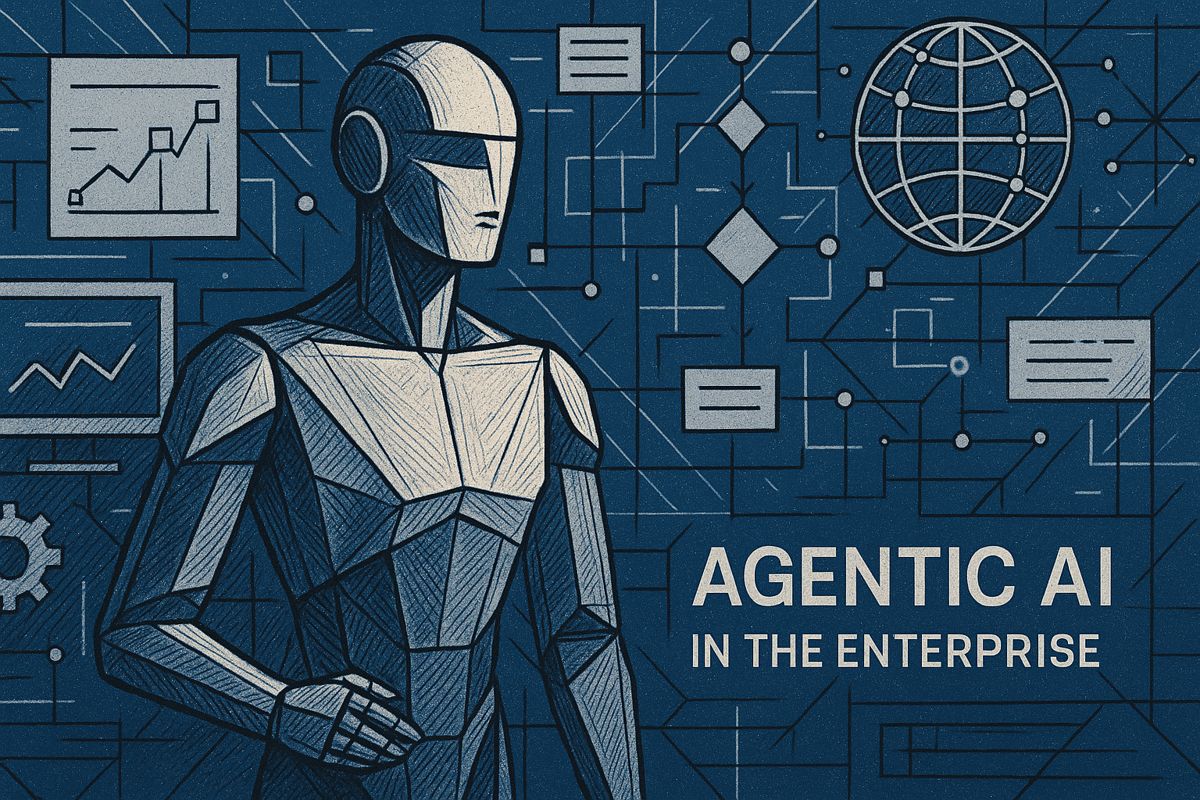Here’s the text with the most important phrase in bold markdown:
Neura Robotics is transforming industrial robotics with its humanoid 4NE-1 robot, designed to work safely alongside humans. The company has secured significant funding and partnerships with tech giants like Nvidia, Kawasaki, and Omron, positioning itself to deliver five million robots by 2030. Their innovative approach focuses on multi-modal AI, advanced sensors, and creating a developer-friendly ecosystem that prioritizes safety and adaptability. The 4NE-1 robot, standing 180 cm tall, is built to handle repetitive and potentially dangerous tasks in factories and healthcare settings. With a vision of robots as collaborative partners rather than replacements, Neura Robotics is quietly revolutionizing how humans and machines interact.
What Makes Neura Robotics Unique in the AI and Robotics Industry?
Neura Robotics is revolutionizing industrial robotics with its humanoid 4NE-1 robot, offering multi-modal AI, advanced sensors, and a developer-friendly ecosystem. With €1 billion in commitments and partnerships with Nvidia, Kawasaki, and Omron, they’re creating collaborative robots designed to work safely alongside humans.
Steel, Glass, and Silicon Dreams
The other morning, I stumbled on a headline: Neura Robotics, a German upstart, is chasing $1.15 billion in funding. Instantly, I was whisked back to my first encounter with the almost monastic rigor of Berlin’s tech scene. Imagine a cavernous office filled with glass and concrete, the bitter tang of espresso in the air, and a chorus of clipped German—half the sentences unfinished, like the whiteboards that lined the walls. I remember the odd stillness, punctuated by the hum of machines and the feel of distant ambition—raw, almost electric.
It almost felt as if every engineer there was building something monumental, yet invisible, like an orchestra tuning for a symphony nobody had heard. Yet back then, the “things” we broke were lines of code and, occasionally, our own optimism. Neura Robotics? They’re smashing different boundaries, trading ephemeral apps for silicon and steel—the stuff that makes six-foot humanoids walk among us. A little intimidating, no?
As I let that thought settle, a memory flickered: a time I botched a product pitch, misjudging just how tangible the future was supposed to feel. Back then, I wouldn’t have bet on physical robots leaving the lab, let alone holding court in the marketplace.
The Ambitions and Anatomy of Neura’s Robots
So, what’s the story? Here’s where it gets granular. Neura Robotics is angling for up to €1 billion (that’s $1.15 billion at last count) to bankroll its next leap. Their humanoid, the 4NE-1, is set to launch soon—imagine a 180 cm, 80 kg robot, with a payload of 15 kg and the stride of an unhurried commuter. It’s not built for marathons; rather, think of it ferrying hospital linens or lugging parts across a Bosch assembly line.
Their order book already glints with €1 billion in commitments, and they’ve doubled their headcount to soar past 300 employees in just a year. Revenue? Up ten times—no small feat for hardware startups, as anyone in the annals of IEEE Robotics and Automation Letters could tell you. Neura’s recent €120 million Series B round has drawn in Nvidia, Kawasaki, and Omron as heavyweight partners, each bringing their own flavor of expertise: Nvidia for cognitive computation, Kawasaki for industrial grit, Omron for automation finesse. That’s not just a coalition; it’s almost a pantheon.
The 4NE-1 isn’t just a brute. Its multi-modal AI can see and “feel” like a novice violinist learning by touch and sight at once—responsive force-torque sensors, 3D vision, touchless human detection, arms you can swap out as easily as lenses on a Leica. A little Frankenstein, a lot of finesse.
Where Philosophy Meets Market Momentum
Here’s the question that gnawed at me for hours: why is Neura, of all the robotics hopefuls, catching this much fire? It’s not just the numbers—though a tenfold revenue jump and a billion-euro pipeline are eyebrow-raising—but the shape of their ambition. They’re not building isolated bots; they’re nurturing an ecosystem, the so-called “Neuraverse.” Imagine a digital agora, welcoming developers to plug in their own code, like a bazaar of ideas humming beneath the surface.
Firms like Tesla and Figure might hog the limelight, but Neura is quietly threading its technology through white-label deals, so your next “smart” appliance could be powered by their unseen algorithms. That’s the kind of stealth that creeps up on people—first you ignore it, then you depend on it.
Neura’s difference, though, is philosophical. Safety and adaptability aren’t afterthoughts, they’re the core pitch. European reliability, maybe? Their robots are designed to work alongside us, not just around us. When you stand next to a 4NE-1, you don’t just see a bundle of actuators—you sense its awareness, a subtle tension in the air, as if it’s waiting for a cue. More than once, I caught myself wondering if I’d one day trust a robot nurse to hand me a glass of water. Odd thought.
The Road Ahead: From Hospitals to Hotel Lobbies
Let’s imagine a future with Neura’s creations. In factories, the 4NE-1 shoulders the “dirty, dull, and dangerous” tasks, sparing humans from repetitive strain—a whirr and clank that feels less like science fiction, more like a pragmatic handshake with tomorrow. In healthcare, it won’t replace nurses or doctors; instead, it’ll assist, ferrying supplies, monitoring patients, or offering a steady hand (literally) when fatigue sets in.
They want five million robots delivered by 2030. Five million! If you’d told me this a decade ago, I’d have raised an eyebrow, sipped my coffee, and muttered something about overhyped moonshots. Now? I feel a twinge of excitement—and, yes, a pinch of nerves—at just how quickly the gears are turning.
There’s a lot left unsaid. Will regulation throttle the pace? Will public trust keep up as robots move from novelty to necessity? I can’t say for sure. But standing in the hum of that old Berlin office, I never pictured this: the scent of fresh circuitry mingling with the promise of a new day, robots not as antagonists, but as partners. Wild, isn’t it?



















